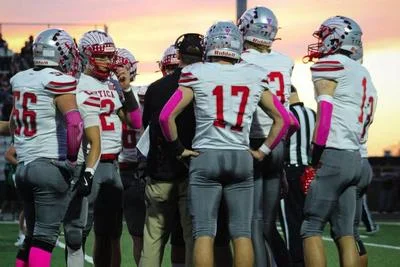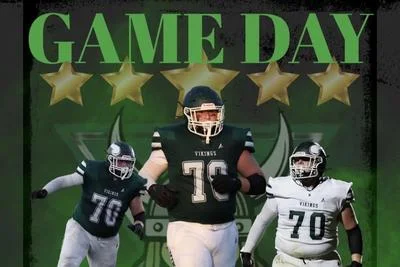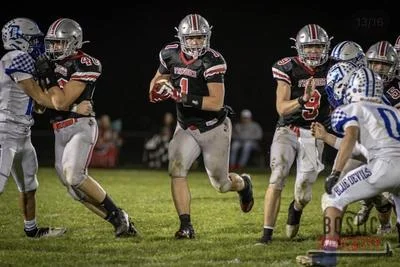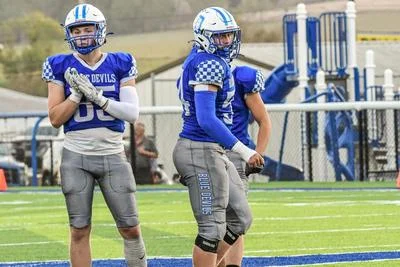Let’s talk bats.
I was watching a few baseball games on TV and saw several bats explode and splinter after tailing fastballs and sliders made contact with them. When I was playing ball, our bats would break occasionally, and generally, that meant that some of the grain popped out, making them unusable. True, we weren’t facing 100 mph fastballs or 2,300 rpm spin rates, and our bat speed generated was not close to the whip-like action of today’s MLBers. But a common perception is that more bats disintegrate now than back in the day. Is it the bats? The swings? The pitches? Climate change? A change in the bats? Or something else?
In a study by L.V. Smith, School of Mechanical and Materials Engineering, Washington State University, the conclusion suggested that there is little data on how often bats break and which types of wood break more often. Today, maple (the most popular wood), hickory and birch have replaced ash as the bat woods of choice, but there's no real evidence that bats are breaking more often now than in the past, or that maple breaks more than ash.
Society of American Baseball Research (SABR) researcher Steven Bratkovich concluded that bat diameters have expanded and contracted over the years, and lengths have varied. He maintained that even bat wood species have transitioned from hickory and the traditional ash to maple, which dominates today in Major League Baseball (MLB). Most breaks in wood baseball bats occur in the handle. One reason for this is the way baseball players prefer their bats to feel. Many players grow up in the sport using aluminum bats with big barrels and thin handles.
Are bats the same today as they were years ago? Yes and no.
In the 1840s, a baseball team known as the Knickerbockers made their own rules. All players were responsible for their own bats. This policy of “bring your own bat” to the game resulted in the use of many different sizes, shapes and species of wood. Some came from tree limbs, and others were shaped ax handles. Many early bats were flat – like cricket bats – and most were handmade from various trees, such as sycamore, cherry, spruce, chestnut, poplar, basswood, ash, maple and pine. You can still make your own bats today, as Roy Hobbs did with “Wonderboy” in “The Natural,” but they have to adhere to current specifications.
The first baseball-specific bats were reportedly made in 1857, and the first bats were all made of wood. At one time, it was as easy as picking up a stick in the woods and hitting a ball. In 1884, Louisville Slugger got its start. Legend says that Louisville player Pete Browning became frustrated after breaking his favorite bat. John Hillerich, a woodworker, went to Browning after the game and offered to make him a new bat. They went together to Hillerich’s woodworking shop, selected a piece of white ash, and Browning supervised as Hillerich made his new bat, eventually leading to the creation of the Louisville Slugger.
In 1890, bat restrictions were enacted. Organized baseball’s rules committee decreed that bats could no longer be sawed off (flat) at the end. They must be round, and the maximum diameter was increased to 2.75 inches.
In 1922, Easton (a bow-and-arrow company) got into the fray, and the same year, the first patent for aluminum bats went to William Shroyer. Titanium bats came into existence in 1993, but Major League Baseball bats have always been made of wood. MLB rules state: “The bat shall be one piece of solid wood.” Ash has been the preferred wood since the 1890s, though hickory has also been used, and early on, pine was used in bunt situations, as it deadens the ball; but pine was outlawed in 1893.
A bat altered by scooping out an ounce or so of wood from the end of the barrel to make it lighter, shifting the center of gravity farther down the barrel, is known as cupping. Cupped bats were originally manufactured in the late 1930s by the Hanna Manufacturing Company of Athens, Georgia, but weren’t legalized in MLB until 1975.
In 2001, Barry Bonds hit a record 73 home runs in a single season using maple wood baseball bats rather than the standard bats made of white ash. Players copied his success, and soon major league ball players were jumping to maple baseball bats.
In the 1950s, Louisville Slugger, manufactured by Hillerich and Bradsby (now owned by Wilson), controlled the MLB bat market, and Adirondack made inroads. Today, at least 31 different brands of bats are being wielded at the plate. The top bat manufacturer for MLB players is Marucci Sports, with 24% of the market, followed by Victus (owned by Marucci) at 23%, Slugger at 15%, Chandler at 10% and Old Hickory at 10%. All others command 3% of the market or less. Rawlings now makes the Adirondack brand that sits in 18th place in popularity among players with less than a 1% share.
As to today’s weight and length compared to early days … lighter and shorter is the trend. Back in the day, players swung longer, heavier bats. “Wee” Willie Keeler, standing only 5’4” and weighing only 140 pounds, swung a 46-ounce bat. Babe Ruth swung a heavy bat (most often 40 to 47 ounces) with a thin handle and often swung lumber weighing more than 50 ounces. Ted Williams swung a 33-ounce, 35-inch long bat (often made from trees he selected at the H&B forest), and Mickey Mantle used a medium handle and a small-to-medium barrel (at 35 inches long, weighing 32 ounces). Hank Aaron’s bat weighed 32-33 ounces. Roger Maris used a 33-ounce ash bat to hit 61 home runs in 1961; a hickory bat of the same dimensions would weigh about 42 ounces. Today, Aaron Judge swings a 35-inch 33-ounce bat, Bryce Harper swings with a bat between 31-33 ounces, and Mike Trout swings with a bat averaging 31¾ ounces. Clearly, lighter bats are favored for quicker swings to get around on 100 mph fastballs, but at what cost to the survival of their bats?
Maybe no one told today’s hitter, “Label up.” The old adage is “hit with the label up,” so you can see the label before you set for the pitch. If you swing so the label on the bat's barrel points toward the sky, you are hitting the most solid part of the barrel and keeping your contact on the sweet spot. This is where the wood is strongest and the most dense to maximize the durability of your bat.
Lighter bats, faster swings, thinner handles, higher spin rates and faster pitches would all seem to splinter more bats, though without conclusive proof. Hickory is popular today and is reportedly the hardest commercially available hardwood. But are they swinging packaged sawdust, or do we need ironwood bats made from Australian buloke trees, Argentinean quebracho, Caribbean lignum vitae or American black ironwood?
In a future column, we will talk about the favorite bats of players, illegal bats, corking and legal things players can do to make their bats harder. We’ll also discuss superstitions and rituals players employ to help their bats perform.
What do you think about today’s lumber at the plate? Too light? Just right? Of no consequence if they can’t barrel up? Let me know at mike.blake@mountvernonnews.com.







